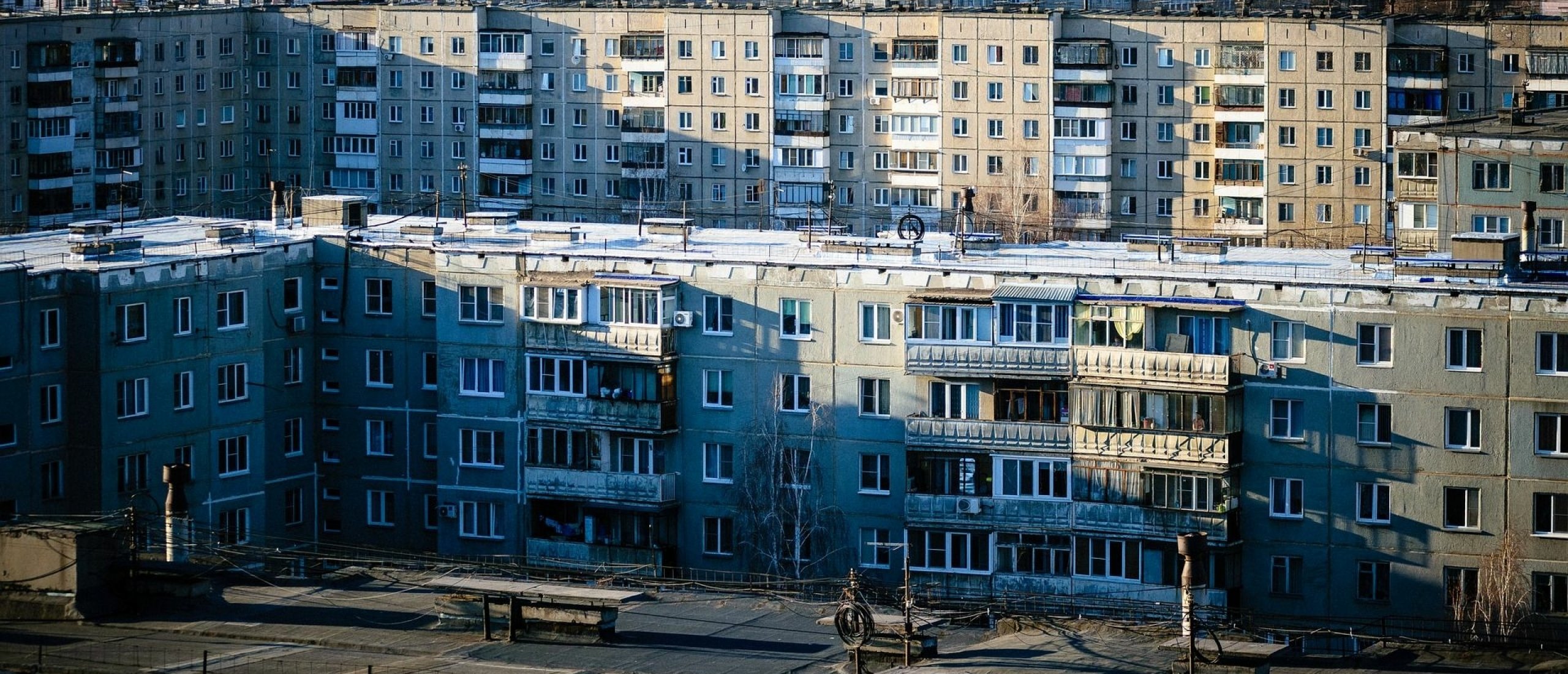
Why Middle Managers Are Among the Most Stressed Employees — and How to Support Them
Middle managers are often called the “glue” of organizations. They translate strategy from above into action below, balancing the expectations of executives with the needs of employees. But this central position comes at a cost: middle managers are consistently among the most stressed employees in the workplace.
A Gallup report (2022) found that 43% of middle managers feel burned out “often” or “always”, a rate even higher than many frontline workers. Deloitte’s Global Human Capital Trends survey (2023) describes middle management as the “exhausted layer” of organizations. If companies want to prevent stress from trickling down through their workforce, they need to take a closer look at this overlooked group.
Key Takeaways
- Middle managers experience some of the highest levels of chronic work stress due to role conflict, lack of control, and excessive workload.
- Meeting overload, shifting priorities, unclear expectations, and emotional labor contribute to constant pressure and reduced recovery.
- Chronic managerial stress disrupts cortisol rhythms, leading to fatigue, poor sleep, low focus, and increased burnout risk.
- Stress in middle management impacts entire organizations, driving turnover, disengagement, and trickle-down stress among teams.
- Recovery strategies include setting boundaries, taking micro-breaks, reframing the role, and negotiating for clarity and resources.
- Organizations can reduce stress structurally by streamlining communication, offering leadership support, recognizing contributions, and balancing workloads.
Why Are Middle Managers So Stressed?
Middle management stress is not just anecdotal. It is rooted in well-known causes of chronic stress: role conflict, lack of control, and work overload (World Health Organization, 2020). Here are the main stressors:
1. The sandwich role
- Pressure from senior leadership to deliver results, with little influence over strategic decisions.
- Responsibility for motivating and supporting teams, even when resources are limited.
One middle manager in an online discussion put it this way:
“Honestly, the toughest part lately has been bridging the gap between leadership expectations and team bandwidth… It feels like I spend half my time translating unrealistic timelines into something workable without burning people out.”
This resonates with Deloitte’s (2023) conclusion that middle managers are bearing an unsustainable load as the “exhausted layer” of organizations.
2. Information and meeting overload
- A Harvard Business Review article (2021) found middle managers spend up to 75% of their time in meetings, leaving little time for deep work or recovery.
As one manager shared:
“Days full of meetings have me feeling burnt out… never having enough time to complete my own tasks.”
This echoes HBR’s data that meeting overload is one of the biggest drains on managers’ productivity and wellbeing.
3. Ambiguity and constant change
- Reorganizations, shifting Key Performance Indicators (KPIs), and unclear expectations make it difficult to feel in control.
- KPIs are the targets organizations use to measure performance — such as sales growth, customer satisfaction, or employee turnover. For middle managers, these targets can change rapidly when senior leadership adjusts strategy.
- The result is a moving finish line: managers are held accountable for outcomes that may be redefined halfway through a project, creating uncertainty and stress.
4. Role conflict
- Managers must defend unpopular executive decisions while maintaining trust with their teams — often pulling them in opposite directions.
Another middle manager expressed it bluntly:
“I’ve learned to hate politics, infighting, ambiguity, and a lack of support… The worst thing is not being able to give my team clear direction because I’m dependent on senior managers.”
This reflects what McKinsey (2022) also found: many managers feel caught in contradictions that push them to consider leaving their role.
5. Emotional labor
They are expected to support employees emotionally, manage conflicts, and remain positive, while often masking their own doubts or stress.
The Science of Stress in Middle Management
Stress arises when demands exceed the resources available. For middle managers, two drivers are especially relevant:
- Lack of control: One of the strongest predictors of chronic stress and poor health (WHO, 2020). Middle managers are held accountable but lack authority to change big decisions.
- Role conflict: Constantly torn between competing expectations from above and below.
Cortisol and chronic work stress
Chronic stress does not just feel exhausting — it leaves measurable traces in the body. Research shows that prolonged work stress can disrupt the body’s main stress hormone, cortisol.
- Employees with high job strain (high demands and low control) often show elevated cortisol later in the day (Kunz-Ebrecht et al., 2004, Psychoneuroendocrinology).
- A meta-analysis by Miller et al. (2007, Psychological Bulletin) found that chronic stress leads to dysregulated cortisol patterns, including both elevated and blunted responses, depending on stress duration and context.
- These altered rhythms — especially higher evening cortisol or a flattened daily slope — are linked to fatigue, poor recovery, and increased risk of burnout.
For middle managers, who regularly face role conflict and lack of control, this type of dysregulation is especially likely.
The Consequences for Organizations
Stress in middle management is not an isolated issue. It affects the whole company:
- Burnout and turnover: McKinsey (2022) reported that 1 in 3 middle managers is considering leaving their job within a year due to stress and lack of recognition.
- Reduced performance: Overloaded managers spend more time firefighting than leading.
- Trickle-down stress: Stressed managers often pass pressure onto their teams, fueling disengagement and absenteeism.
Ignoring this problem means losing not just managers, but also the motivation of entire teams.
What Middle Managers Can Do to Reduce Stress
Middle managers may not be able to change the system overnight, but there are evidence-based strategies that protect health and performance:
- Set boundaries
Protect recovery time by limiting “always-on” availability. Stress research shows that recovery outside work is crucial to prevent chronic strain. - Use micro-breaks
Short pauses during the day help the brain reset and sustain energy. Even two minutes of deep breathing or a quick walk can reduce tension. - Reframe the role
Instead of seeing themselves only as “pressure absorbers,” managers can reframe their position as connectors and translators — a role that gives meaning and recognition. - Negotiate for clarity
Upward negotiation skills are key: ask senior leadership for clearer priorities, realistic deadlines, and resources. Negotiation is not confrontation; it is aligning expectations. - Build peer networks
Sharing challenges with other middle managers reduces isolation and provides practical coping strategies.
What Organizations Can Do to Support Middle Managers
Supporting middle managers is not only a wellbeing issue; it is a business strategy. Companies can reduce stress through structural changes:
- Streamline communication
Reduce redundant reporting and unnecessary meetings. Free up time for real leadership work. - Provide leadership training
Equip managers with skills in delegation, conflict resolution, and resilience. Training should go beyond technical skills to include stress management. - Recognize their contribution
Middle managers often feel invisible between executives and frontline staff. Recognition and appreciation reduce stress and increase motivation. - Balance workloads
Ensure managers are not carrying contradictory priorities or unrealistic targets. - Encourage recovery culture
A company culture that respects breaks, holidays, and boundaries helps managers model healthy behavior for their teams.
Conclusion
Middle managers are essential for organizational success, but they are also among the most stressed employees. Their unique position — squeezed between top and bottom — makes them vulnerable to role conflict, lack of control, and overload.
Supporting middle managers benefits everyone: healthier leaders build healthier teams. For individuals, that means learning to manage boundaries and stress recovery. For organizations, it means providing clarity, recognition, and realistic workloads.
If your company wants to prevent stress and burnout, start with the middle layer — the glue that holds everything together. If you don't know where to start with this, Stressinsight is here to help!
FAQs
Why are middle managers more stressed than other employees?
Middle managers experience stress from both directions — pressure from senior leaders to deliver results and responsibility for supporting their teams. This “sandwich position,” combined with heavy workloads and limited control, creates chronic strain that often exceeds what other roles face.
How can middle managers manage their own stress more effectively?
Small, consistent actions matter. Setting clear boundaries, using micro-breaks to recover during the day, and negotiating realistic priorities with senior leadership all help reduce pressure. Reframing the role from “absorbing stress” to “translating strategy into clarity” also restores a sense of purpose and control.
What should organizations do to reduce stress among middle managers?
Companies need structural, not cosmetic, solutions. Reducing unnecessary meetings, recognizing managerial contributions, offering leadership-and-resilience training, and clarifying expectations are among the most effective ways to prevent burnout and improve performance at every level.
References
- Gallup (2022). State of the Global Workplace Report.
- Deloitte (2023). Global Human Capital Trends.
- McKinsey & Company (2022). The Great Attrition: Facing the Manager Crisis.
- Harvard Business Review (2021). Research: Managers Spend Too Much Time in Meetings.
- World Health Organization (2020). Occupational Health: Stress at the Workplace.
- Kunz-Ebrecht, S. R., Kirschbaum, C., & Steptoe, A. (2004). Work stress, socioeconomic status and neuroendocrine activation over the working day. Psychoneuroendocrinology, 29(4), 515–524.
- Miller, G. E., Chen, E., & Zhou, E. S. (2007). If it goes up, must it come down? Chronic stress and the hypothalamic–pituitary–adrenocortical axis in humans. Psychological Bulletin, 133(1), 25–45.
- Reddit, r/managers (2024). Various user discussions on workload, meetings, and role conflict (anecdotal experiences).












